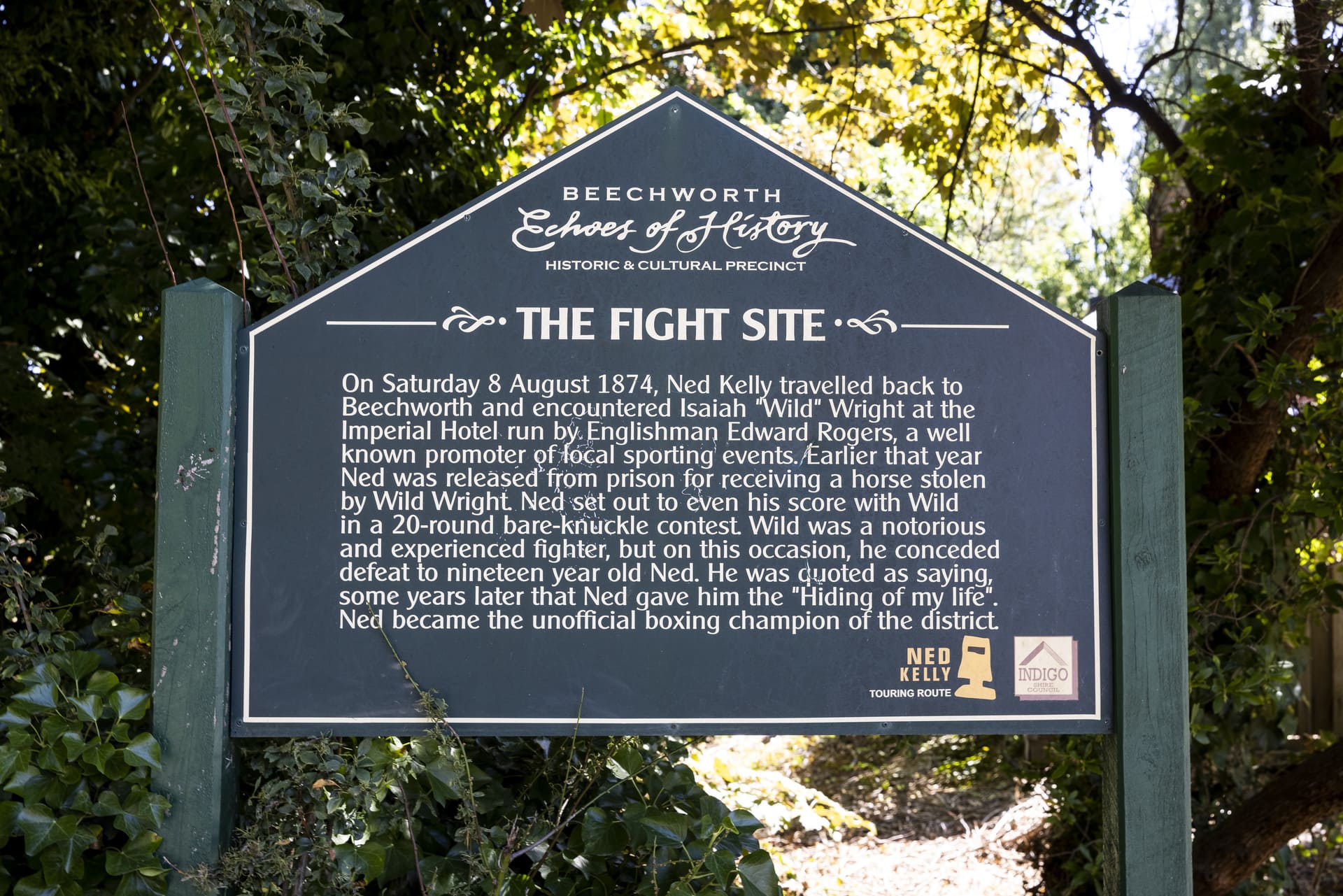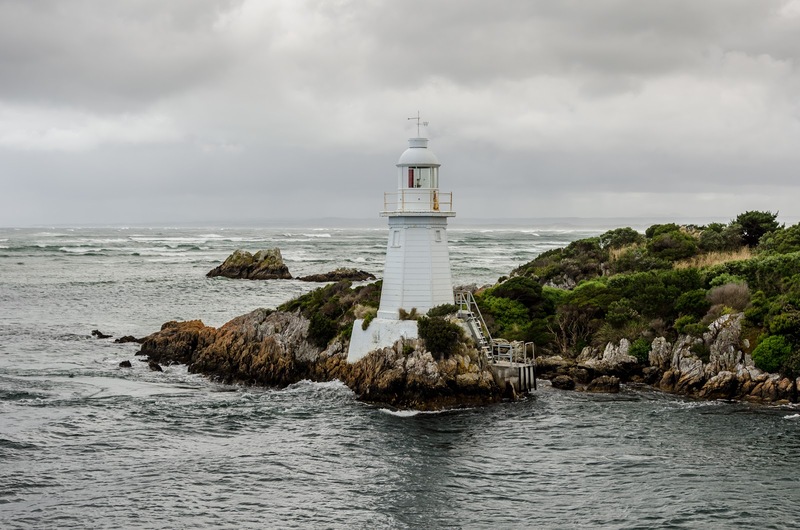Eight of Australia’s Most Notorious Bushrangers
During the early years of the British settlement in Australia, bushrangers sought refuge in the bush. They were escaped convicts, and they had a lasting impact on the world around them for almost 100 years.
These desperate convicted criminals preferred to deal with the harsh bush environment than complete their sentences of hard labour. Each bushranger had their own story, but all felt oppressed by the authorities. People followed these historical figures in the newspapers of the time. Their dramatic exploits made them popular with many Australians despite their criminal endeavours.
Key points
- The Kelly Gang made its final stand at the Glenrowan Inn, Victoria, on 28 June 1880.
- ‘Mad Dog’ Daniel Morgan shot and killed a police officer just for saying hello.
- Alexander Pearce killed and ate fellow escapees.
- ‘Captain Thunderbolt’ Frederick Ward used children to carry out robberies for him.
Need a Quote?
Ned Kelly (1854–1880) and the Kelly Gang
Ned Kelly is one of the most notorious bushrangers in Australia. His Kelly Gang included his younger brother Dan as well as Steve Hart and Joe Byrne.
The exploits of the gang included murdering police officer Sergeant Michael Kennedy, and Constables Thomas Lonigan, and Michael Scanlan. They made money from their crimes, but they also had a political agenda. They raided the bank at Jerilderie and burnt documents that related to the mortgage debt of local farmers.
The Kelly Gang made its final stand at the Glenrowan Inn, Victoria, on 28 June 1880. Ned Kelly escaped from the building but returned to help other members of the gang. His willingness to look after his friends, and reluctance to surrender, created his legendary status.
The events at the Glenrowan Inn did not end well for Kelly. He was shot in the legs by police sergeant Arthur Steele.

‘Mad Dog’ Daniel Morgan (1830-1865)
As the name suggests, ‘Mad Dog’ Daniel Morgan did some crazy things during his time as a bushranger. He shot two bush workers near Albury, New South Wales. He also shot and killed a police officer who simply said hello to him.
Morgan’s ending was just as strange as his life. He forced the wife of the owner of Peechelba Station near Wangaratta to play piano for him. When he left the station, after eating, a stockman shot him. Morgan was mortally wounded and died the next day.
Dennis Hopper stared in a dramatisation of Morgan’s life, which allowed audiences to learn more about the famous bushranger.
Alexander Pearce (1790-1824)
The story of Alexander Pearce is one of the most disturbing that involves bushrangers. He was a member of a group of eight prisoners who escaped from Macquarie Harbour Penal Colony in 1822. Three prisoners left the group, and those remaining began to kill and eat each other. In the end, only Pearce survived.
Eventually, the authorities captured Pearce, but he escaped again. As he had done previously, he killed and ate his fellow escapee. Finally, Pearce was caught again and hanged.
RECOMMENDED ARTICLE
Making the most of maintenance, in any conditions – Entegra Signature Structures

‘Gentleman Bushranger’ Martin Cash (1808-1877)
Like many bushrangers, Martin Cash came from Ireland. He was born in Enniscorthy, County Wexford. In stark contrast to cannibal Alexander Pearce, Cash was reasonably considerate. After being freed from his original spell in custody he travelled to Tasmania.
While in Tasmania, Cash received a further seven-year sentence for theft. He escaped, along with George Jones and Lawrence Kavanagh. They created a gang called ‘Cash & Co..’ The men stole from wealthy settlers, and they did not use any violence. As a result, they became known as ‘Gentlemen Bushrangers.’ Unlike many famous criminals who took to the bush, Cash died peacefully at the age of 69.
‘Captain Thunderbolt’ Frederick Ward (1835-1870)
Frederick Ward initially worked as a drover. In 1856, he was sent to Cockatoo Island, having been found guilty of horse theft. Ward escaped on 11 September 1863, and his career as an armed robber began.
During his criminal career, Ward gave himself the name ‘Captain Thunderbolt.’ He used young people, like orphan Thomas Mason, to carry out robberies for him. Ward’s demise came on 25 May 1870 when he was shot and killed by Constable Alexander Walker at Kentucky Creek.
‘Brave’ Benjamin Hall (1837-1865)
Ben Hall went from being a skillful stockman to being a bushranger, thanks to unfortunate events in his life. He joined the ‘Gilbert Gang’ in April 1962 and soon became a leader. Under Hall’s leadership, the gang completed more than one hundred armed robberies and did not kill anyone. In October 1863, they used their ill-gotten gains to host a party for the people of Canowindra.
The exploits of Hall and his gang were so famous that the Felons Apprehension Act 1865 (NSW) was made law. It meant that bushrangers could be killed by lawmen without a trial. Hall eventually died on 5 May 1865, having been shot by a group of state troopers.
Frank Gardiner (1830-1882)
Scotsman Frank Gardiner arrived in Australia with his parents when he was still a child. As an adult, he began a criminal career as a horse thief and highwayman. On 15 June 1862, Gardiner joined forces with Ben Hall, John Gilbert, and others to hold up a gold escort. This was the biggest gold robbery in Australian history as the gang got away with a haul of £14,000 worth of gold and banknotes.
Gardiner was caught by the authorities in February 1864 and sentenced to 32 years of hard labour. Governor Hercules Robinson granted him mercy 10 years later, and Gardiner left Australia to live in Hong Kong.
Moondyne Joe – Joseph Bolitho Johns (1826-1900)
Johns, known as Monndyne Joe, was a famous bushranger in Western Australia. He was recognised for his many prison breaks, and he is mentioned on the Freemantle Prison website. His name comes from the fact that he settled near Moondyne Springs after arriving in Australia as a convict in 1853.
Johns was almost constantly in prison and made several attempts to escape, some of which were successful. After his escape in 1867, the authorities captured him and placed him in irons in solitary confinement. Johns escaped again after digging a tunnel.
He was free to roam around Perth for two years before being recaptured. Johns’ final pardon came in 1873. After this, he lived a more respectable life before dying in 1990 at the Freemantle Asylum.
Some of these men were murderers and psychopaths. Others had a less violent approach to crime. What links them is their notoriety as bushrangers, having made a significant impact on Australian history.
RELATED ARTICLES
https://www.australiangeographic.com.au/topics/history-culture/2014/10/australias-most-notorious-bushrangers/#:~:text=’Gentleman%20Bushranger’%20Martin%20Cash&text=From%20one%20moral%20extreme%20to,rival%20suitor%20in%20the%20buttocks.
https://www.ramint.gov.au/bold-bad-and-ugly-australias-wild-colonial-bushrangers-2
Harvest video
